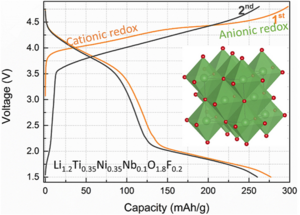Yang Wu

Fields of interest |
Ultra-fast Charge Transver in van der Waals Heterostructures |
| Publications | Web of Science |
Research
The major aim is to study wo-dimensional heterostructures aim for clarifying the interesting issues of the structural and electronic properties and dynamics upon excitation using density functional theory (DFT) and time-dependent density functional theory (TDDFT). These studies would make a contribution to the future application of low-dimensional materials and van der Waals heterostructures in new optoelectrical, photovoltaic and photocatalysis etc.
I first want to study whether slight interlayer geometry modulation of twisting, translation, or spacing can tune charge transfer dynamics. A universal exponential relationship between the charge transfer rate and the coupling strength between specific interlayer electronic states is established, based on detailed analysis of stacking-mode and layer-spacing modulation on the charge transfer dynamic processes. In addition, the electronic structure of two-dimensional heterostructures and the electron-phonon coupling effect in the transmission of hot carriers will be emphatically researched, facilitating future applications of 2D heterostructures in novel optoelectronic and light harvesting devices.

High capacity cation-disordered Li-rich oxides not only enlarge the chemical design space of cathode materials, but also play an important role in promoting the development of high energy density Li-ion batteries. However, there are still some issues, such as capacity degradation, that impede their practical applications. In-depth understanding of the structure and mechanisms in cation-disordered Li-rich oxides is favorable for their further performance optimization. Herein, taking the new designed high capacity (~ 280 mA h/g) disordered Li1.2Ti0.35Ni0.35Nb0.1O1.8F0.2 as a model compound, we meticulously study its structure evolution and electrochemical reaction mechanisms upon cycling by combination of first principles calculation, synchrony X-ray diffraction (SXRD), X-ray pair distribution function (XPDF), X-ray absorption spectroscopy (XAS), in situ XRD, and Neutron powder diffraction (NPD) et al. The excellent structure stability and robust anions framework of cation-disordered Li-rich oxides are experimentally demonstrated.
